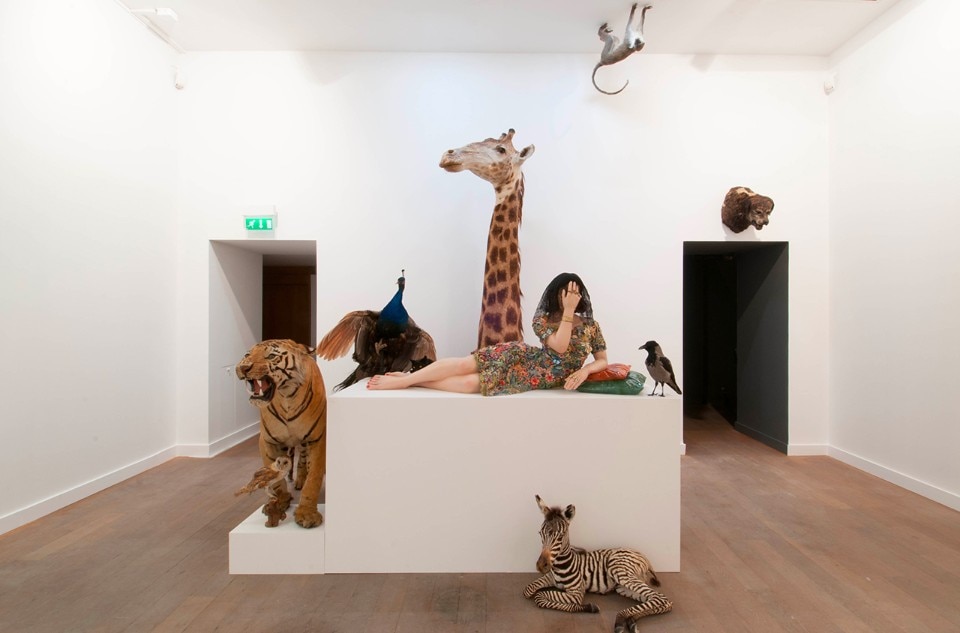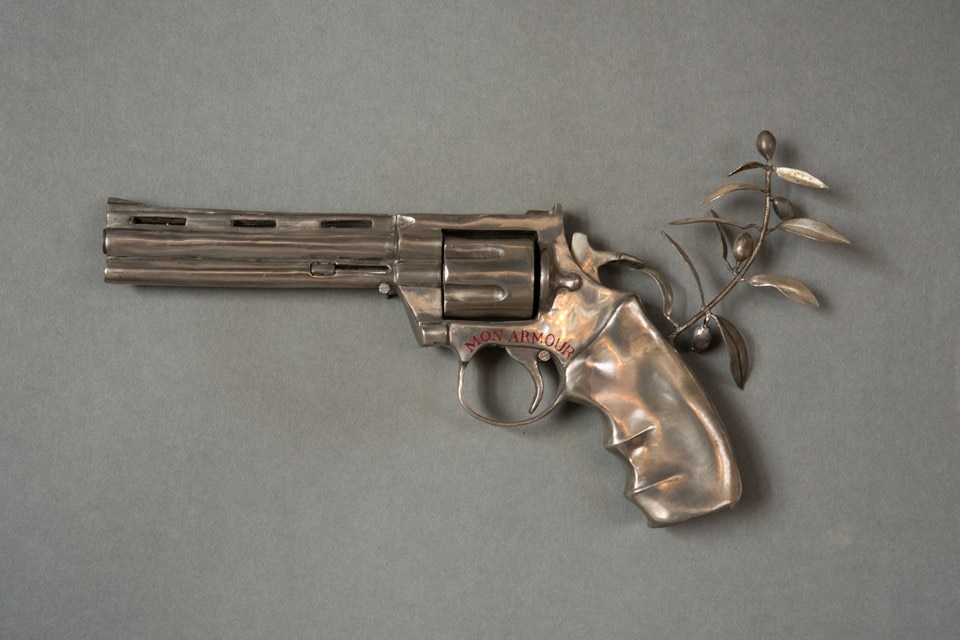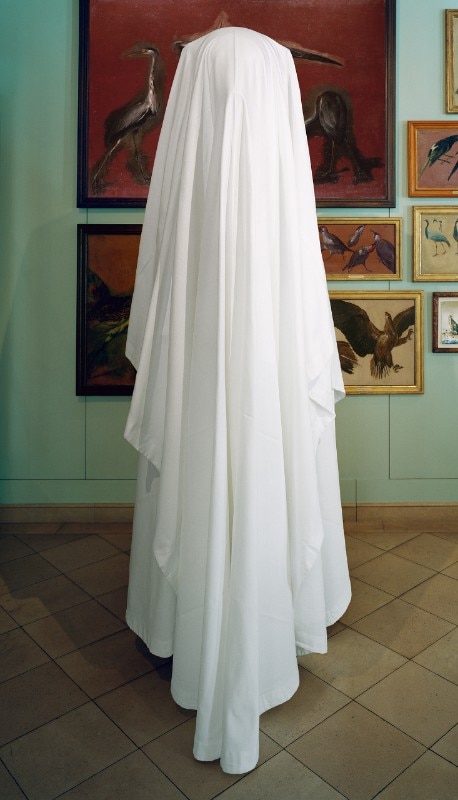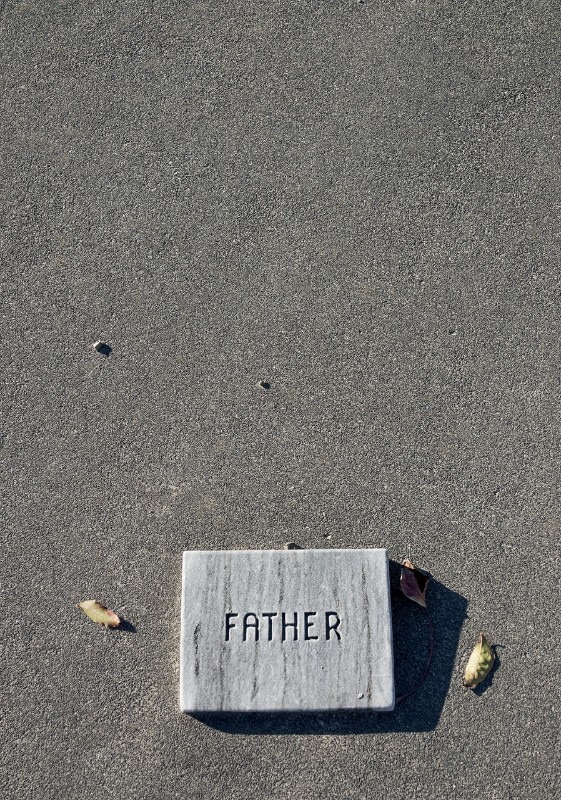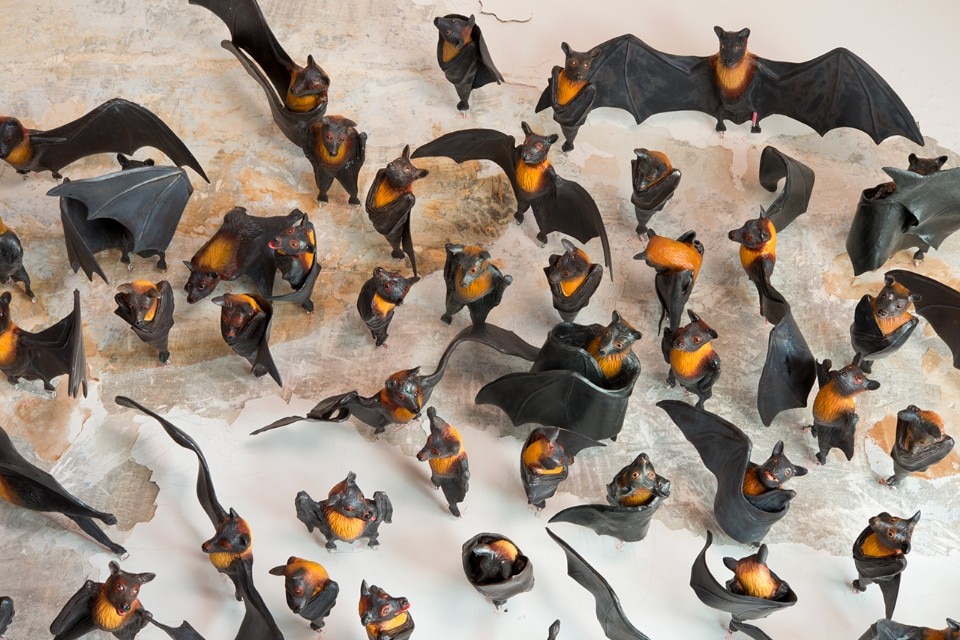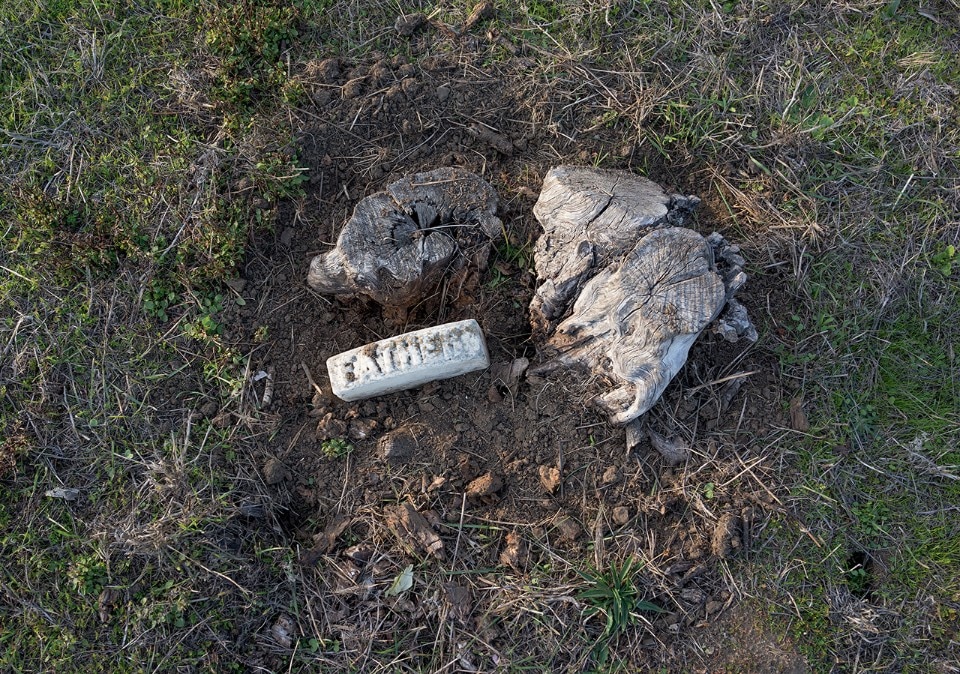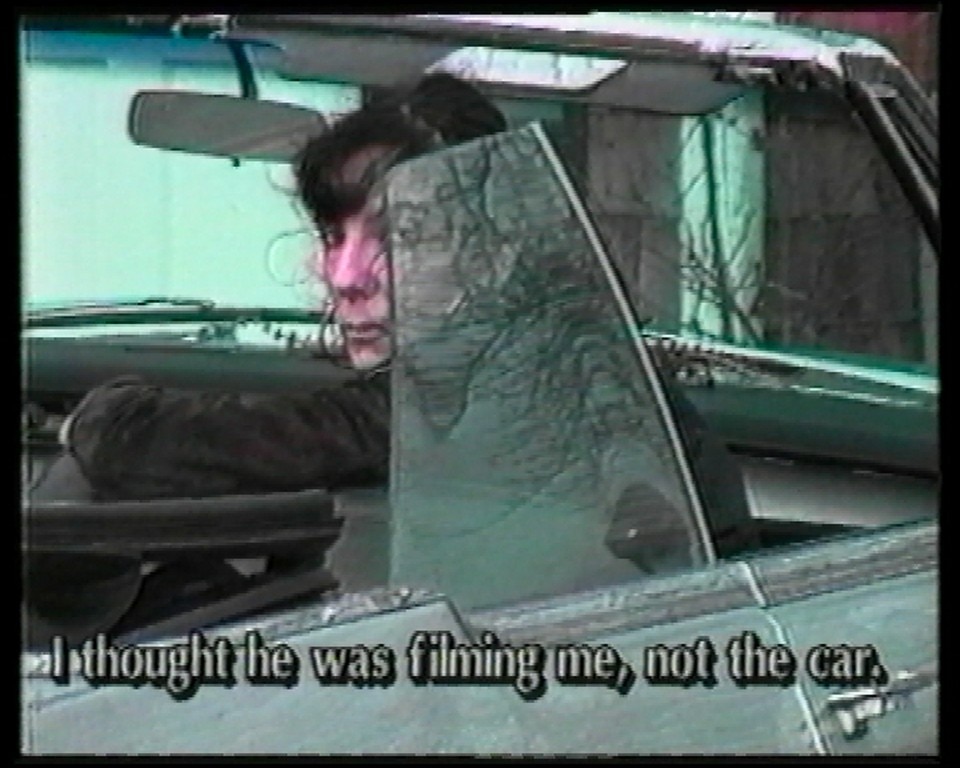“Beau double Monsieur Le Marquis!” is an exhibition by Sophie Calle (who in turn has invited the artist Serena Carone to take part) at the Musée de la Chasse et de òa Nature until 11 February 2018 in the setting of Le Marais, Paris. The exhibition retraces the artist's artistic output since her 2003 personal exhibition at the Centre Pompidou.
Calle offers an art that blends the limits of autobiography with the narrative of fiction, without becoming an equally French literary genre like autofiction. It is art, not literature: this at least as long as the divisions of marketing and academia remain valid. The exhibition is devoted to her father, and her father provides the artist with a pretext to recount the relationship between art and the men in her life. But it is also the contrary: the men in her life recount her father, who is dead. It is no accident that the exhibition is presented in such a singular place: the Musée de la Chasse or Hunting Museum. Because the relationship between men and women it is a hunt in which, with all due respect to psychoanalysis, Oedipus and Electra, it is not clear which is the prey and which the hunter, but we know that sooner or later someone ends up embalmed or dead – at least symbolically, as time dies – without being forgotten. But Sophie Calle is not alone. She has invited the artist Serena Carone to engage in a dialogue with her by presenting sculptures from her artistic bestiary: a rabbit, bats, a ginger cat hanged on a blue damask armchair.
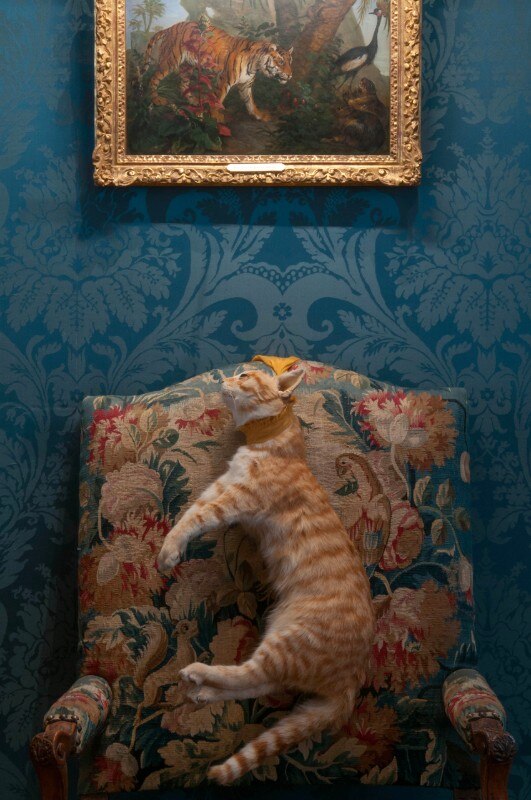
The exhibition opens with some moving words that serve as a caption to the photo of her father’s hands. It's a dedication: “To Bob Calle, the first viewer of all my performances./ Until this one / which I will miss his glance”
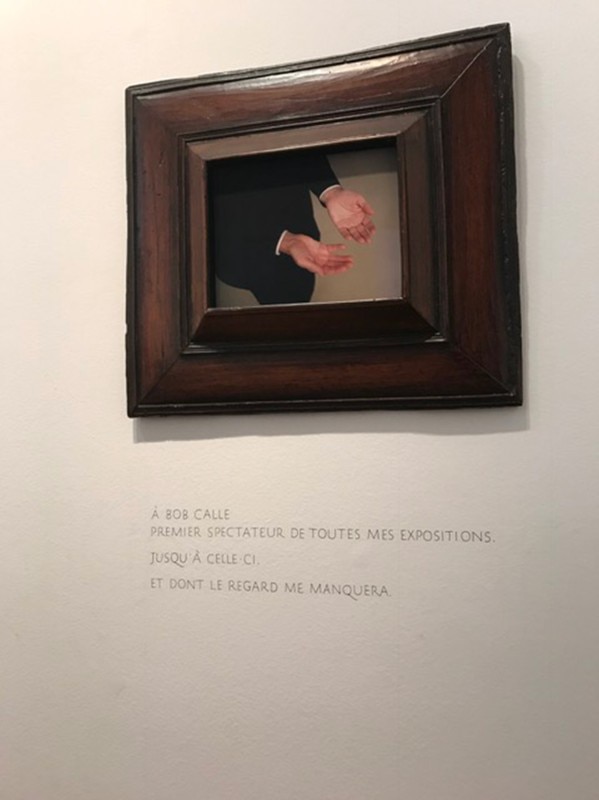
Absence and death are the leitmotif running through the whole strongly narrative exhibition, studded with written texts and following a well-defined storyline that starts from her father’s absence, passes on to personal episodes of the artist's experience of relationships, and ends up with “wife wanted” adverts. The viewpoint is always ironic, pungent and playful. But it is not just about the death of her father. It also tells the tale of the death of her cat “Souris”, who is on the list of absentees. “Ce vide sans respiration, c’est là que le manque est le plus criant,” she writes below the picture of the cat. “My work is very much about loss, about absence... like most artists. I’ve just completed a project called My Mother, My Cat, My Father. They are all three dead and it is clear that I’m next,” says Sophie Calle. “I’ve always thought about my own death.” The writing that accompanies the exhibition is very humdrum, a sort of three-dimensional transmedia diary. There’s a very sweet poem (accompanied by a photo) on her father’s last word before he died. The artist asks: what will his last word be? “Every evening, leaving the hospital room / I took the word that would be the last / that I ever heard from my father's mouth / They were: Ailleurs / homosexual, / money./”
We start with absent family, her father and her cat. Then we continue all through the first floor with absent men, or memories, the episodes of life in relations with the other sex (and her own body, made for her but which she gives to men). Sophie Calle tells how she accepted herself: nose, breast, everything.
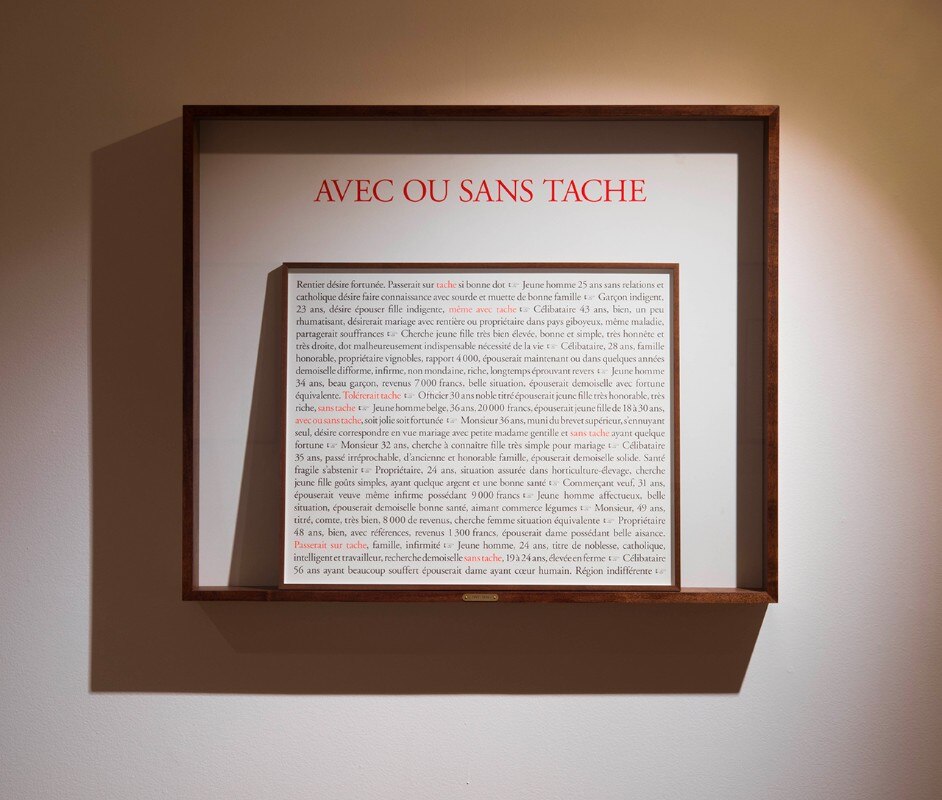
She concludes with small ads: what men are looking for and what women are looking for. The last room has this title: “French hunter”, (adverts) ranging from “not far away” to “not poor”, a catalogue of the qualities principally sought in women by individuals of the male sex, based on a selection of small ads published in “Le Chasseur Français” (“The French Hunter”) between 1895 and 2010. Then, from 1990 on, the list is enriched with ads from “Le Nouvel Observateur” and then the Meetic dating service. The study concludes with messages taken from the Tinder app. Of course, one can’t avoid presenting a gendered discourse: male and female become stereotypes, as imposed by marketing. But this is also clear: when it comes to conformism, it is always we as individuals who have the last word.
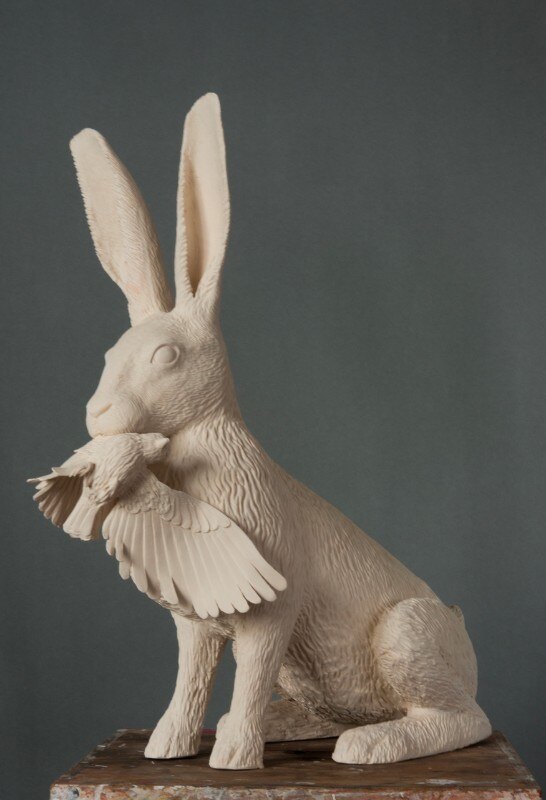
 View gallery
View gallery
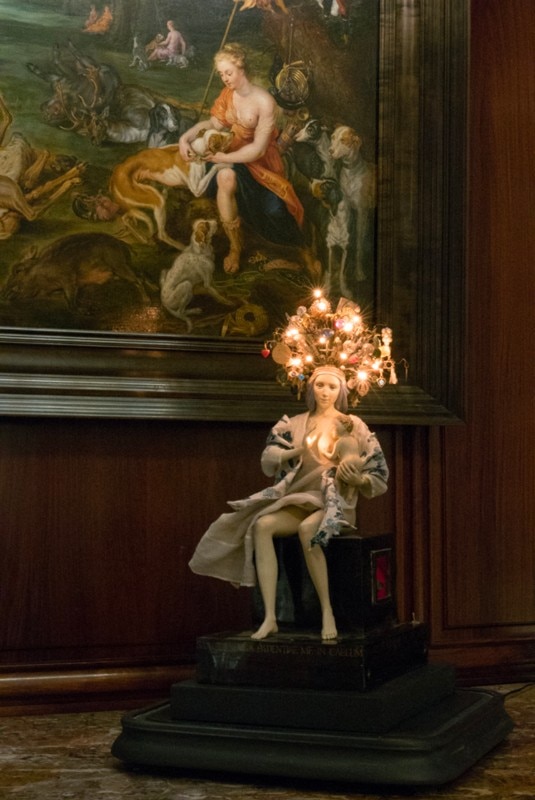
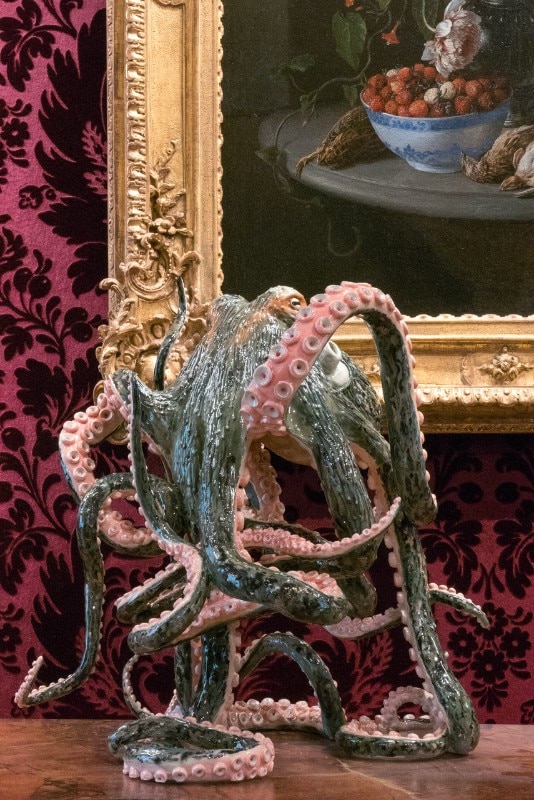
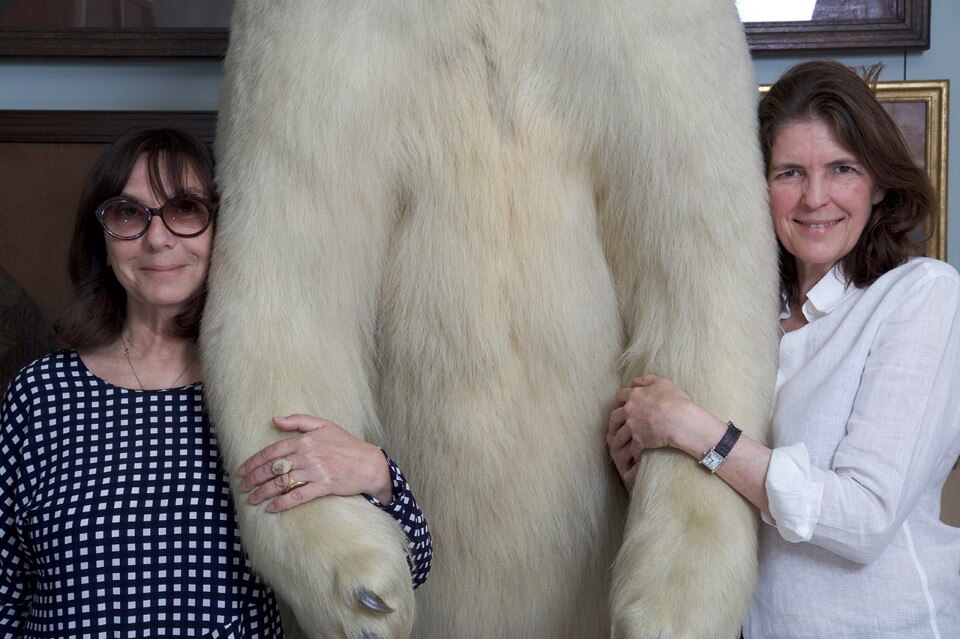
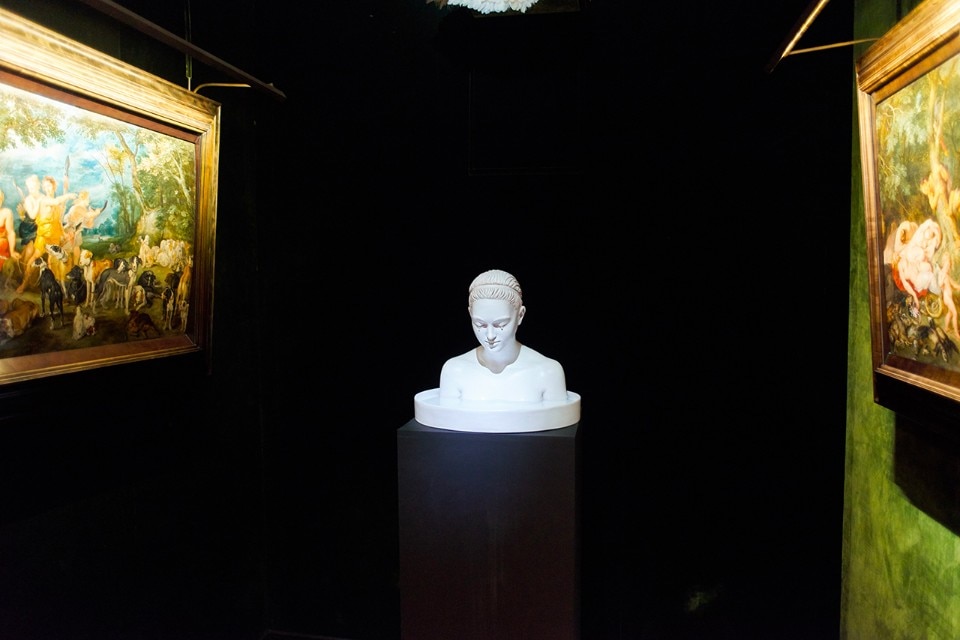
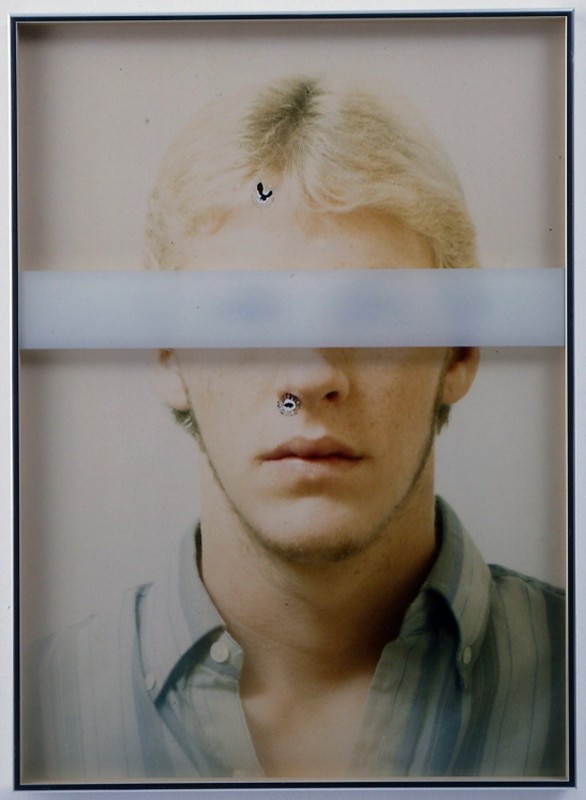
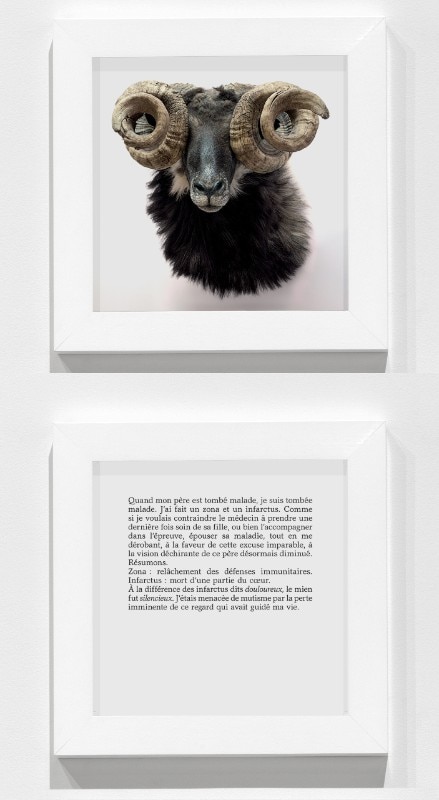
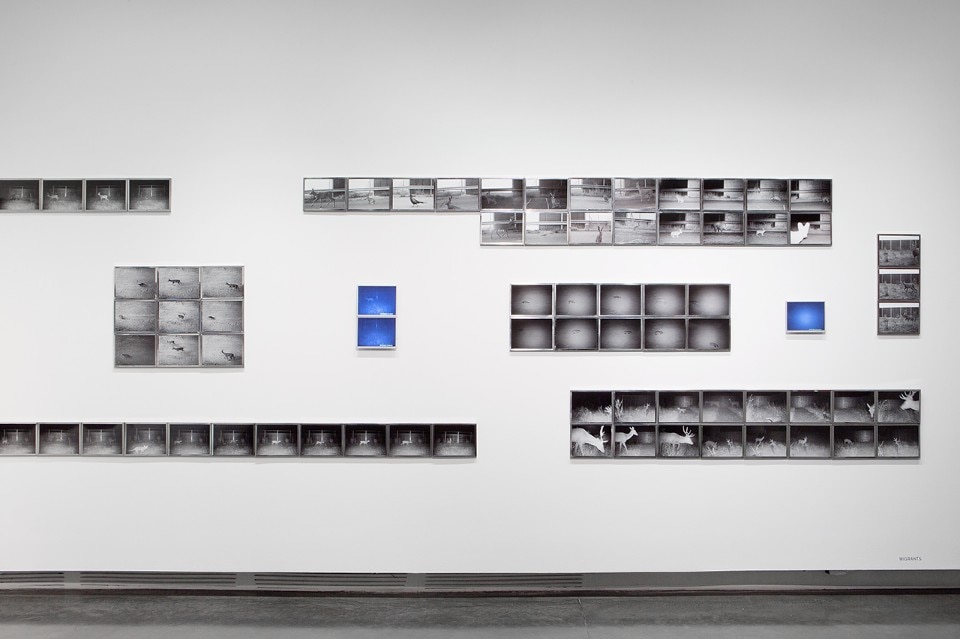
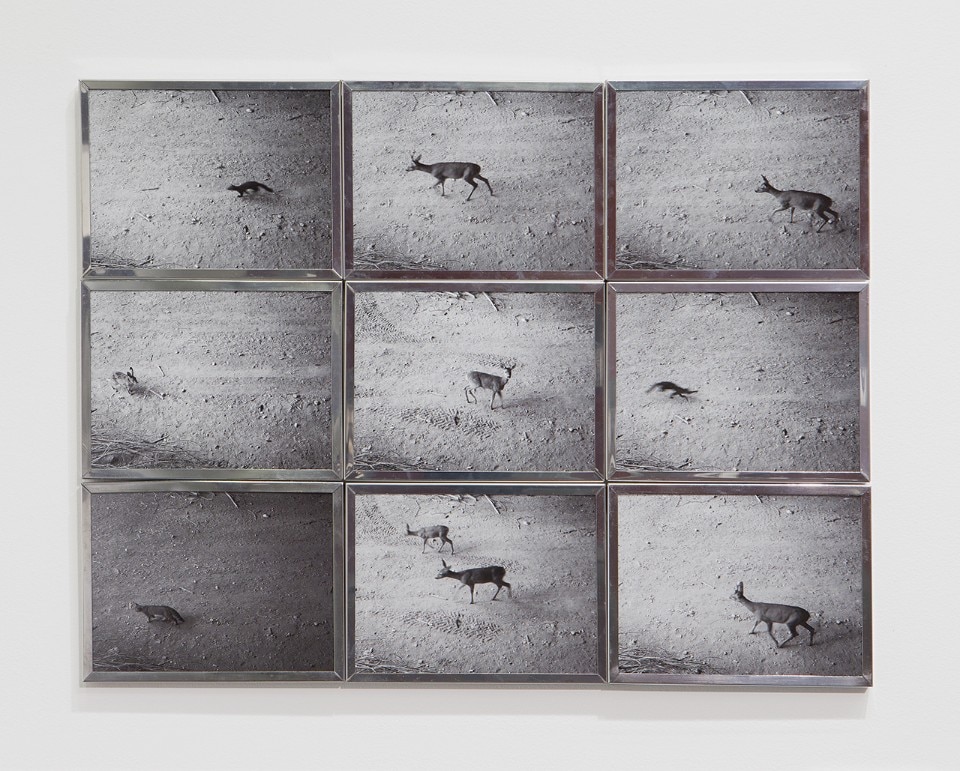
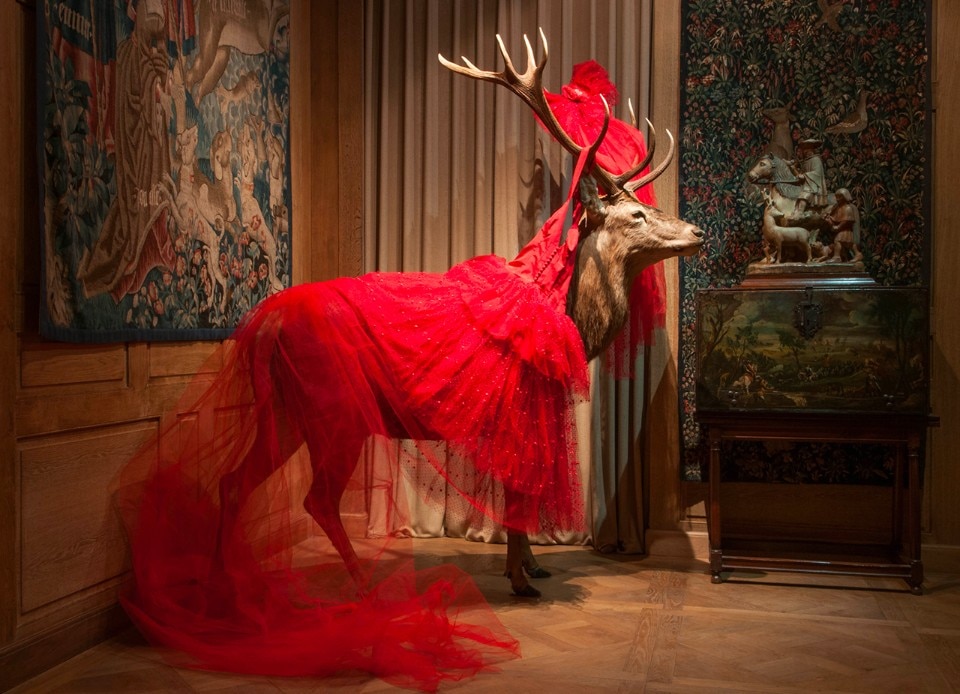
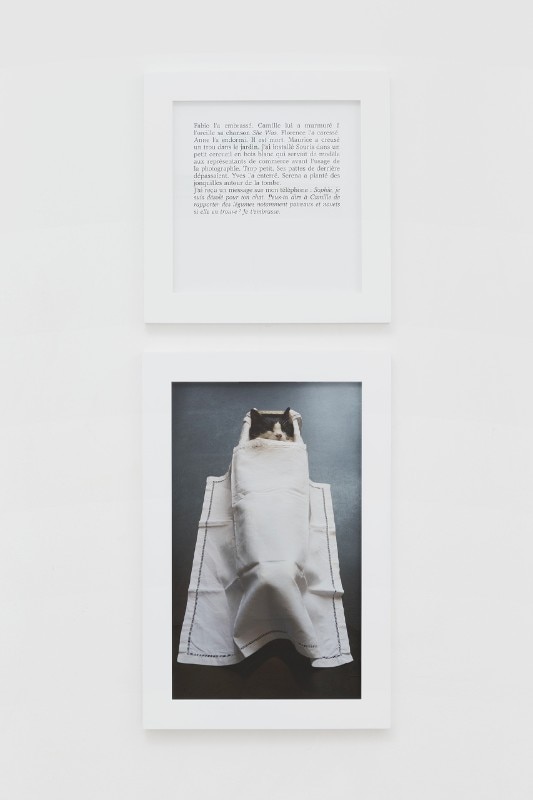
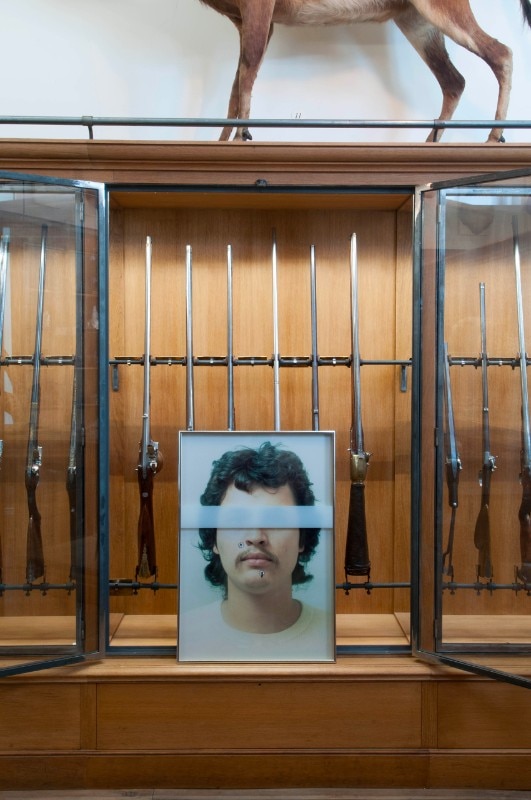
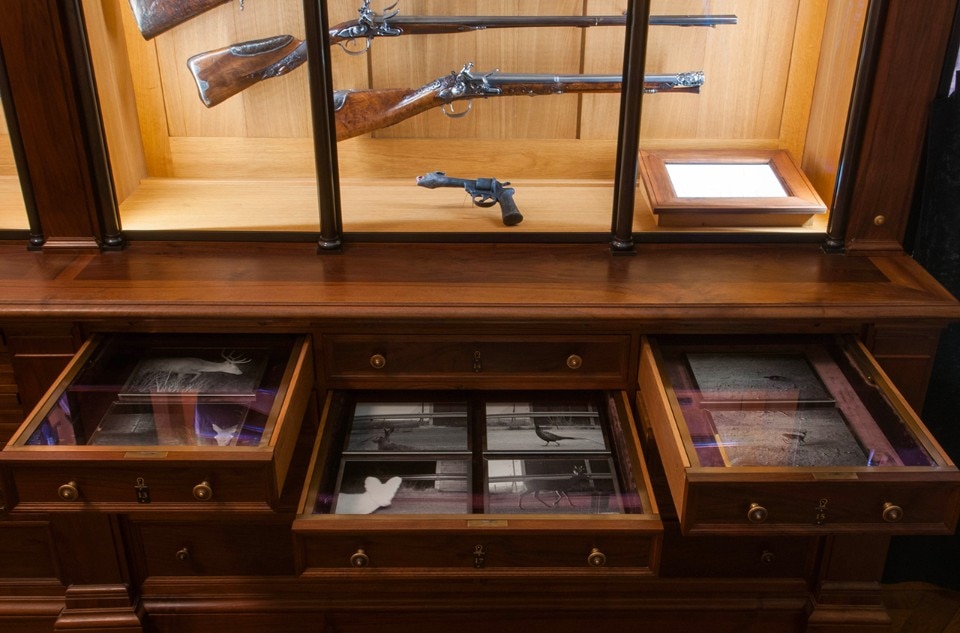
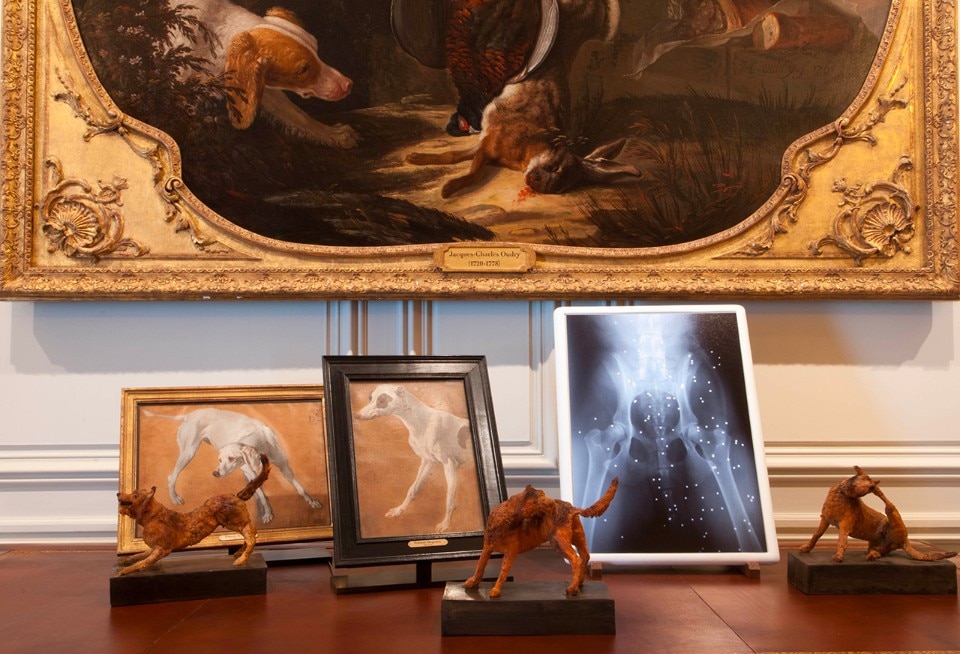
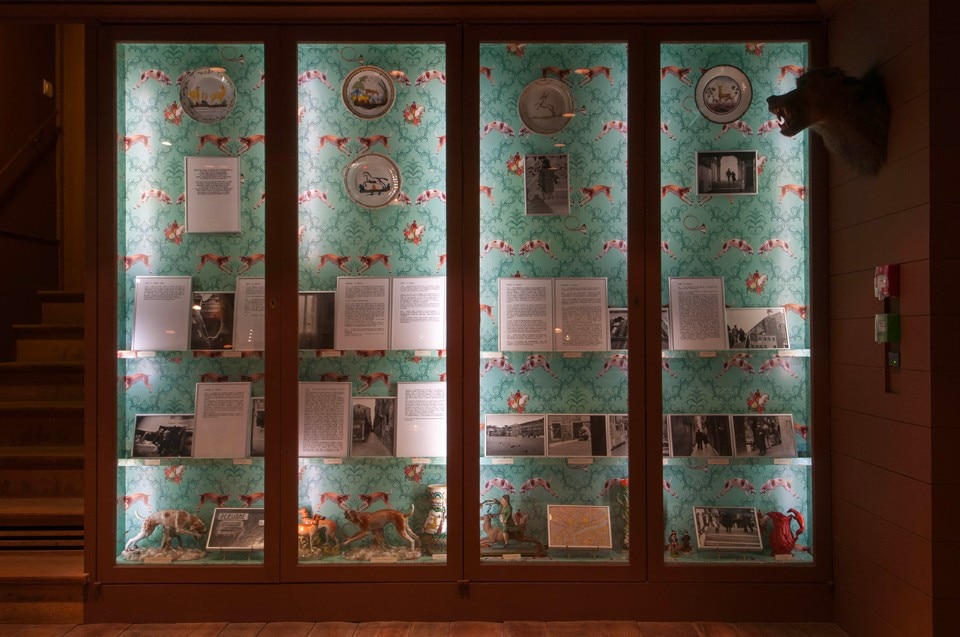
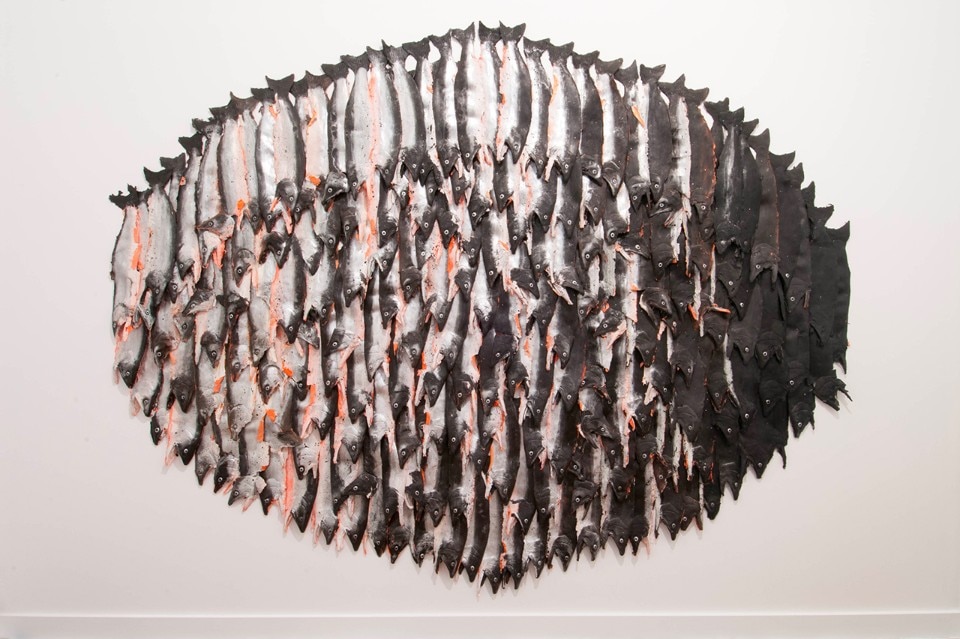
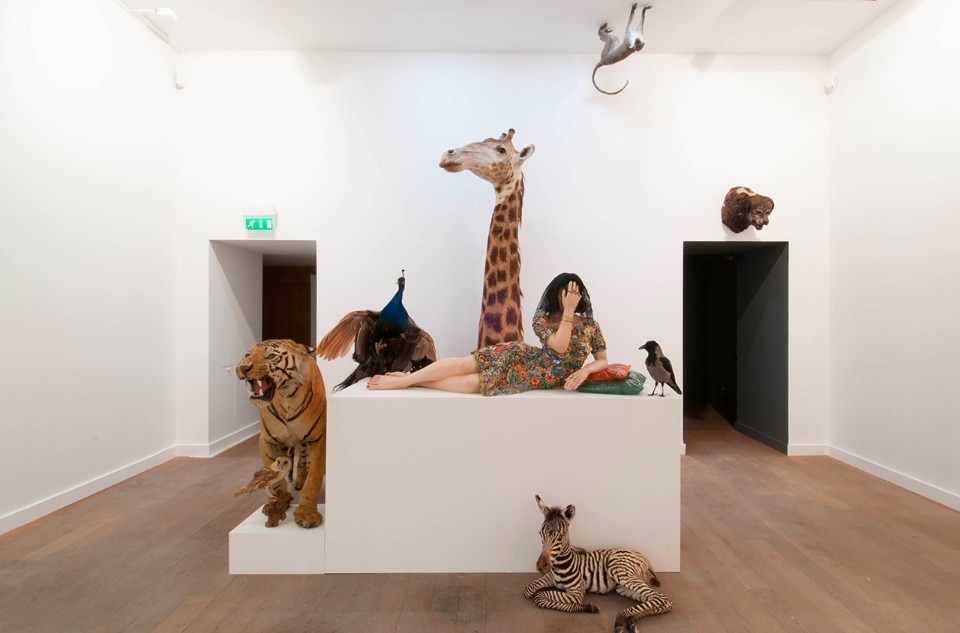
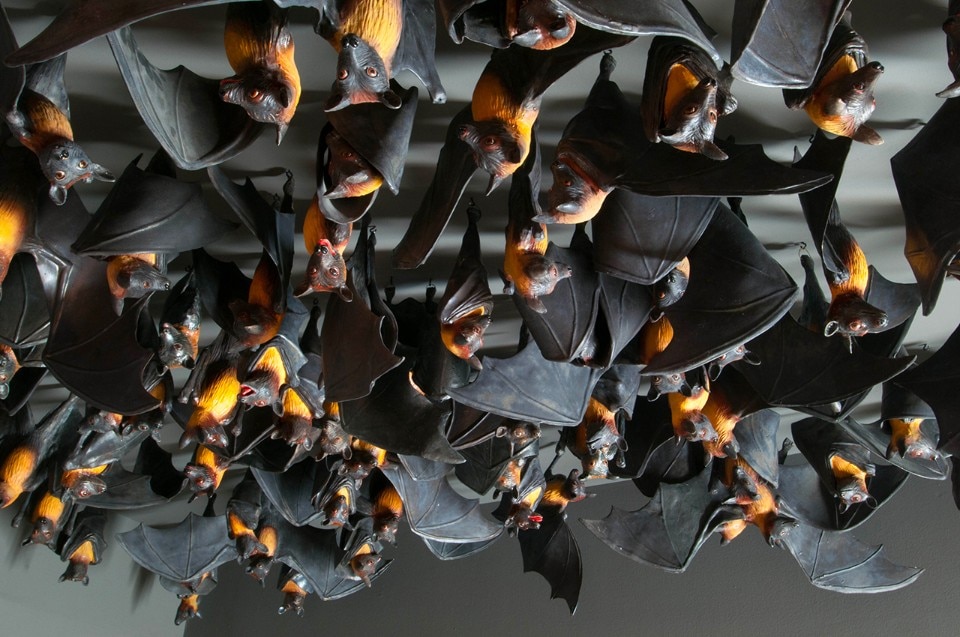
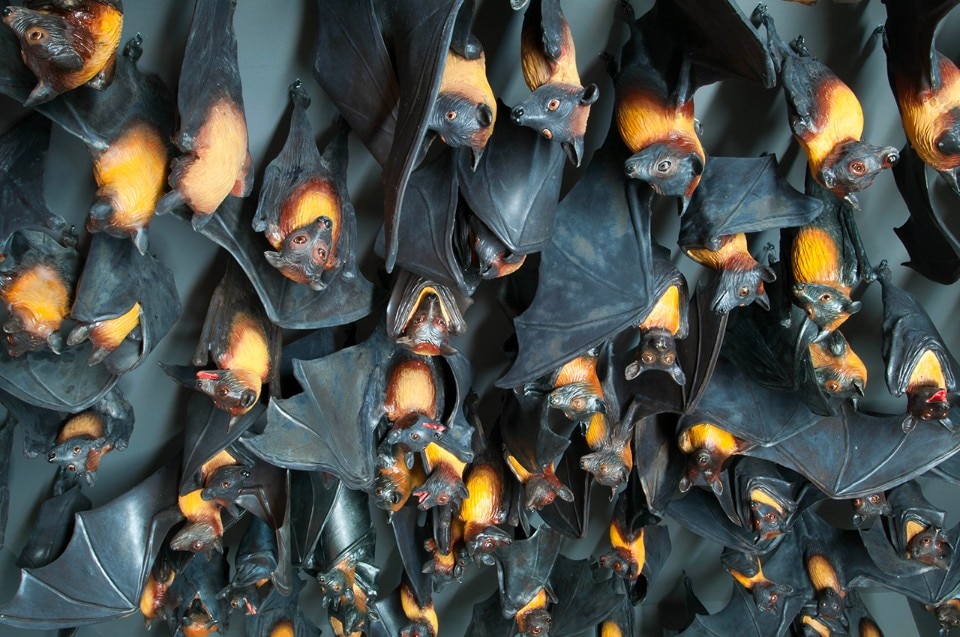
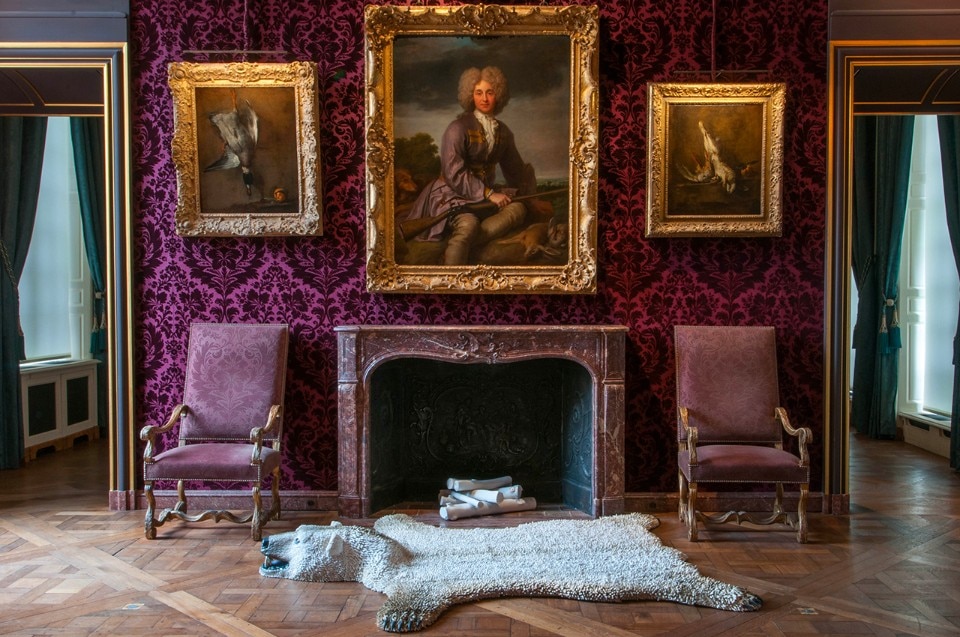
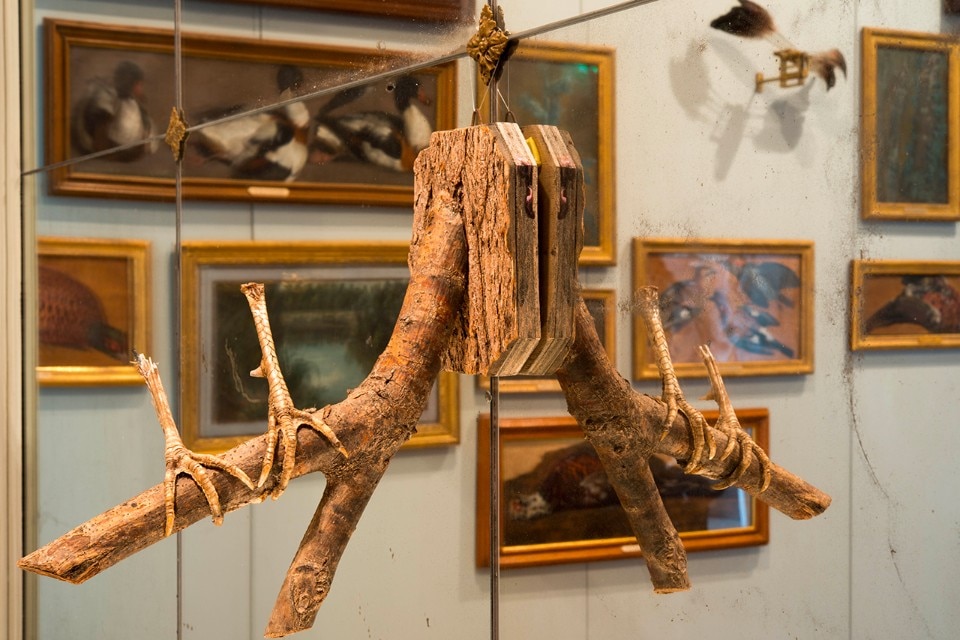
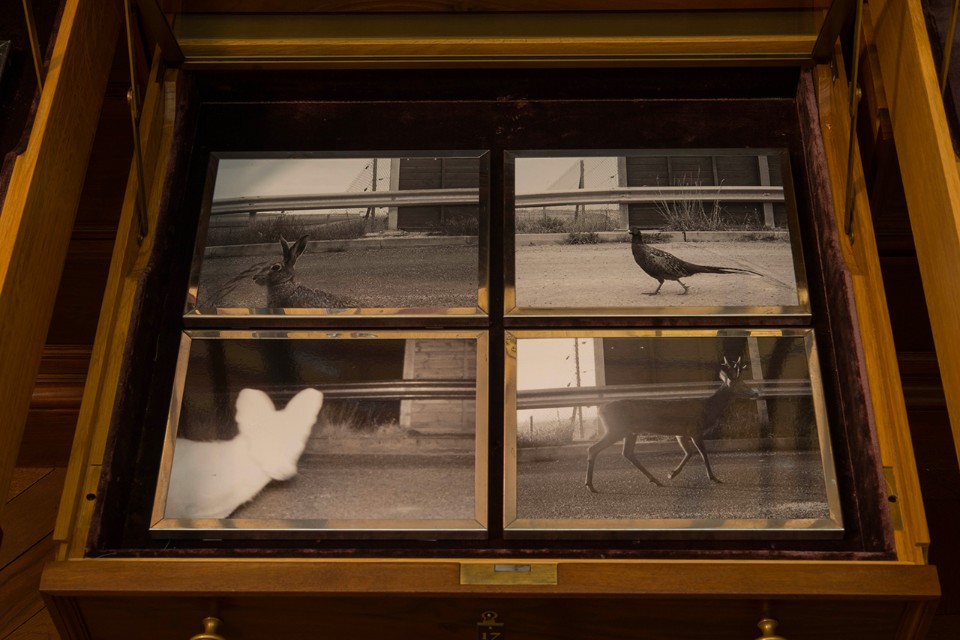
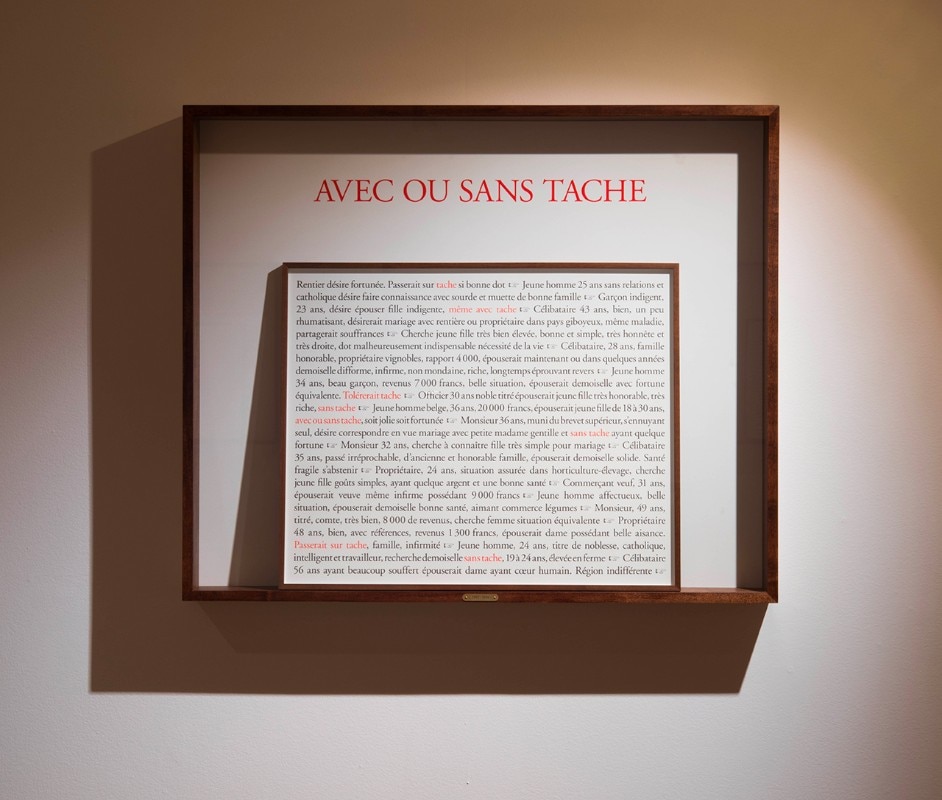
- Exhibition:
- Beau Doublé, Monsieur Le Marquis! Sophie Calle et son invitée Serena Carone
- Opening dates:
- 10 October 2017 - 11 February 2018
- Museum:
- Musée de la Chasse et de la Nature
- Address:
- 62, rue des Archives, 75003 Paris


